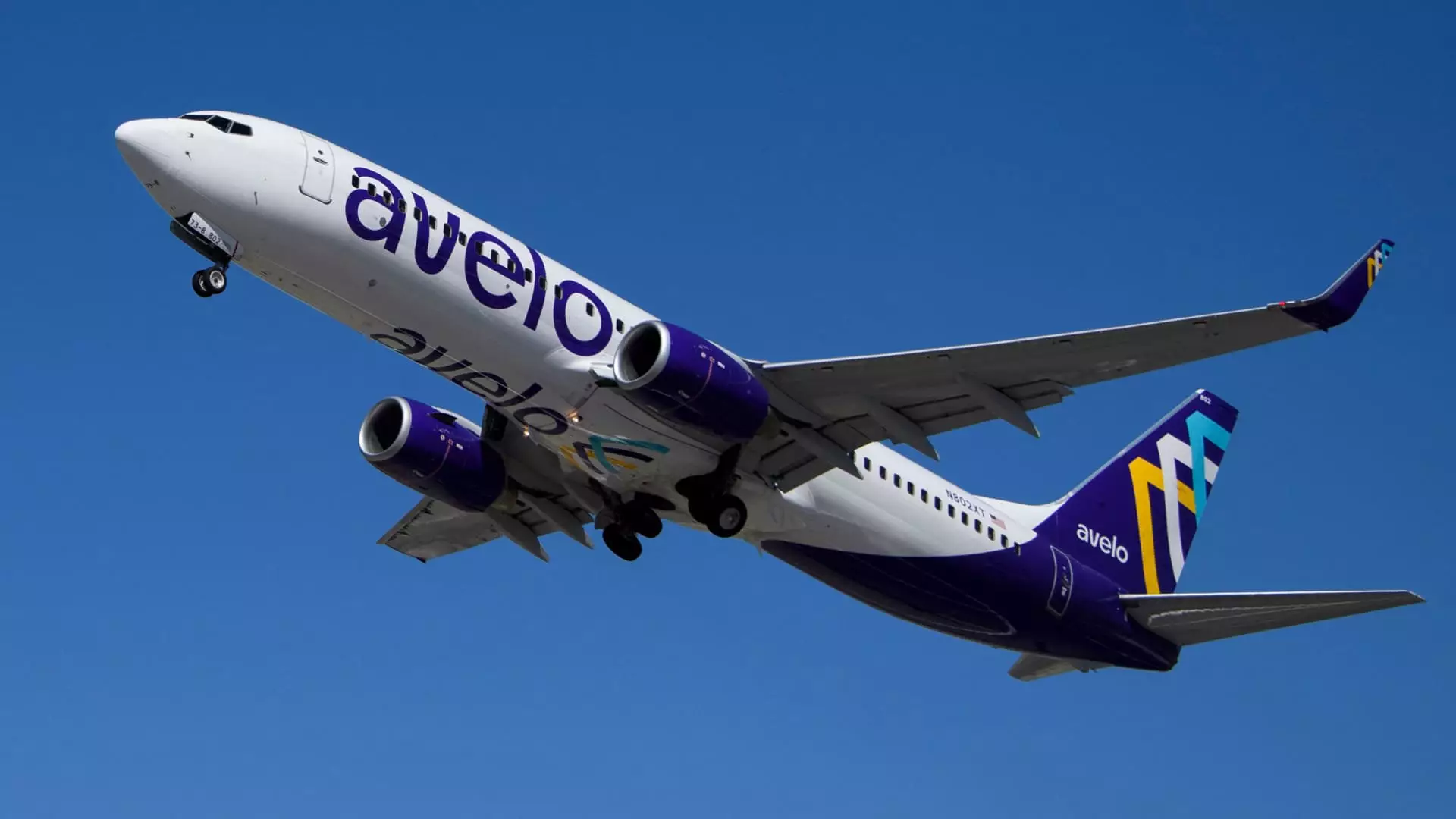In the wake of the Covid-19 pandemic, where air travel was drastically affected, many airlines struggled to stay afloat. However, amidst these challenges, upstart airlines like Avelo and Breeze Airways emerged, taking a different approach to the industry. Despite being new players in the market, these low-cost carriers have shown tremendous growth and are on the path to profitability.
Unlike traditional airlines that focus on major hubs and popular destinations, Avelo and Breeze have chosen to link cities with less competition from large carriers. This strategic route selection has paid off for them, as they have seen success at airports like Hollywood Burbank Airport and Islip, Long Island. By avoiding direct competition with the Goliaths of the industry, these airlines have carved a niche for themselves and are thriving in this segment.
Both Avelo and Breeze may be small in comparison to industry giants like Southwest Airlines, but they have made significant strides towards profitability. Avelo reported its first profitable quarter in the last three months of 2023, with revenue up by 74% from the previous year. Similarly, Breeze is also on track to achieve its first profitable year in 2024. These financial milestones are a testament to the resilience and vision of the founders of these airlines.
Operating in the aviation industry comes with its fair share of challenges, and Avelo and Breeze have not been exempt from these difficulties. Factors like high fuel costs, supply chain disruptions, shortages of pilots, and air traffic controllers have all posed challenges for these airlines. However, their ability to navigate through these obstacles is a testament to the leadership and vision of their founders and the dedication of their employees.
Despite the challenges, both Avelo and Breeze have continued to expand their operations and announce new routes and destinations. Avelo, for instance, has increased its routes from 11 to about 75, while Breeze now offers roughly 180 routes. These expansion efforts have allowed the airlines to reach more customers and establish a presence in the low-cost carrier segment.
In an industry where cost pressures are on the rise, Avelo and Breeze have adapted by offering base fares with add-ons like checked luggage and advanced seat assignments. This approach, common among budget airlines, has helped them remain competitive in the market. Additionally, the airlines have addressed the pilot shortage issue by focusing on promoting first officers to captain roles, thereby mitigating the impact of attrition.
Looking ahead, both Avelo and Breeze are positioning themselves for sustained profitability. Avelo aims to become “IPO ready,” signaling its long-term growth strategy, while Breeze is focused on becoming profitable before considering options like an initial public offering. Despite the challenges posed by the aviation supply chain and rising costs, both airlines are optimistic about their future in the industry.
In a landscape dominated by major carriers, upstart airlines like Avelo and Breeze have managed to carve a niche for themselves and thrive in the competitive market. Their strategic approach to route selection, resilience in the face of challenges, and focus on profitability have set them apart in the industry. As they continue to grow and expand, these airlines are shaping the future of low-cost air travel in the United States.

